Kingdom Animalia Order Anseriformes Subfamily Aythyinae Scientific name Aythya ferina Rank Species | Phylum Chordata Family Anatidae Genus Aythya Higher classification Aythya | |
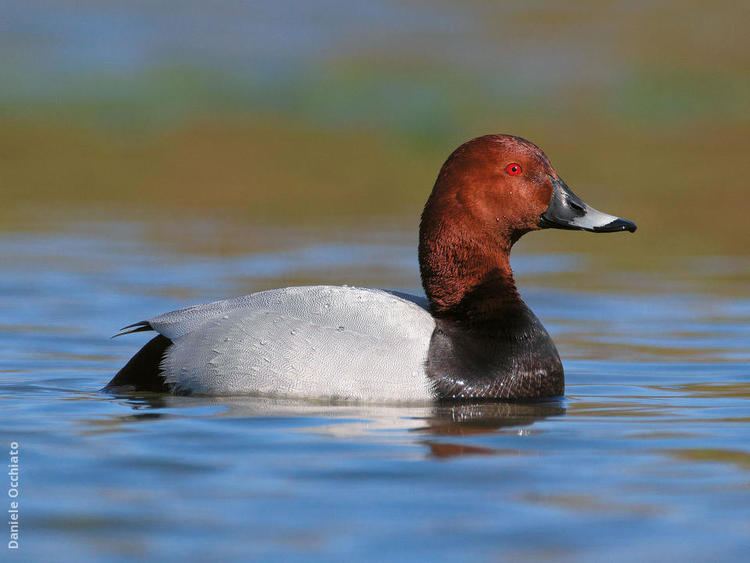 | ||
Similar Tufted duck, Bird, Eurasian wigeon, Eurasian teal, Red‑crested pochard | ||
Red crested pochard goldeneye and common pochard
The common pochard (/ˈpɒtʃə(r)d/) (Aythya ferina) is a medium-sized diving duck. The scientific name is derived from Greek aithuia an unidentified seabird mentioned by authors including Hesychius and Aristotle, and Latin ferina, "wild game", from ferus, "wild".
Contents
- Red crested pochard goldeneye and common pochard
- Migratory bird common pochard winter visitor of amravati of chhatritalav 2014
- Description
- Distribution and habitat
- Ecology
- References
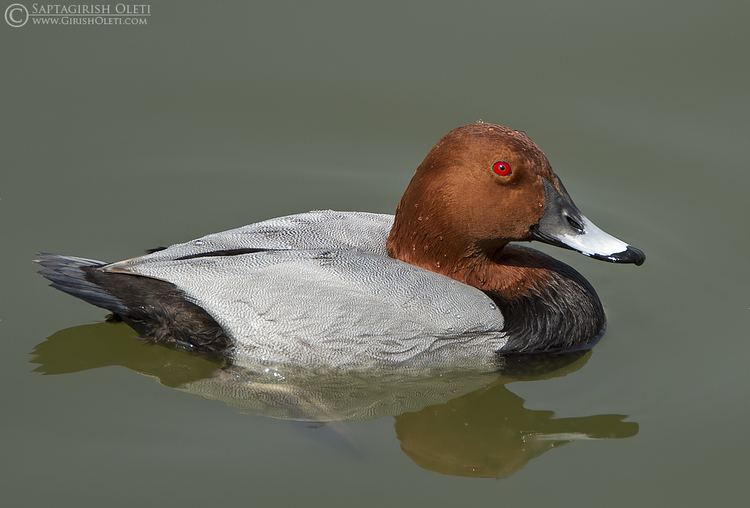
Migratory bird common pochard winter visitor of amravati of chhatritalav 2014
Description
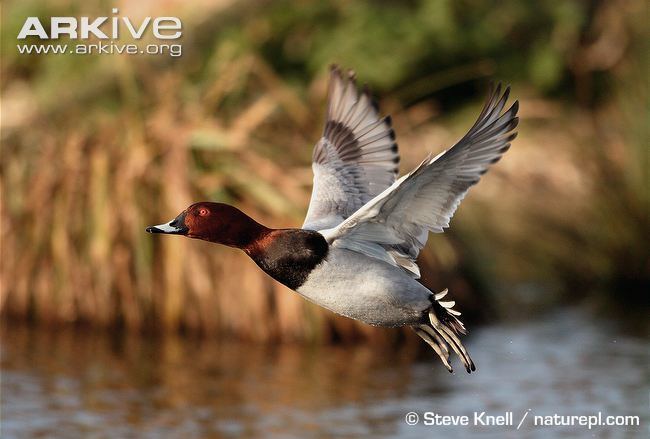
The adult male has a long dark bill with a grey band, a red head and neck, a black breast, red eyes and a grey back. The adult female has a brown head and body and a narrower grey bill-band. The triangular head shape is distinctive. Pochards are superficially similar to the closely related North American redhead and canvasback.
Females give hoarse growls. Males have whistles cut off by a final nasal note aaoo-oo-haa.
Distribution and habitat
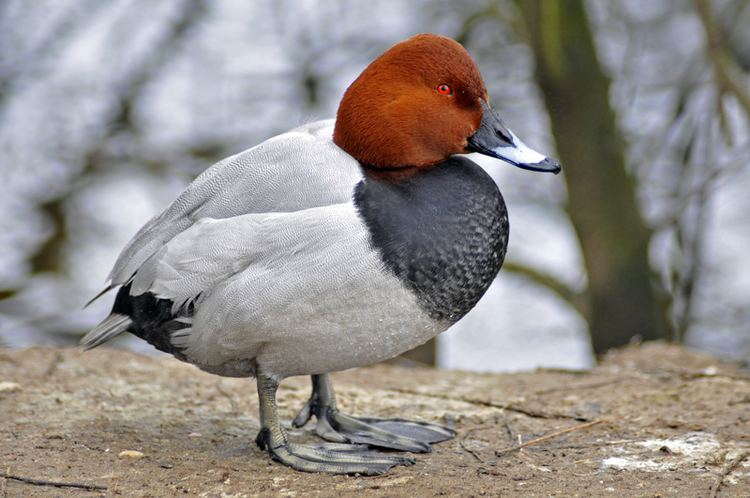
Their breeding habitat consists of marshes and lakes with a metre or more water depth. Pochards breed in much of temperate and northern Europe into Asia. They are migratory, and spend winter in the south and west of Europe.
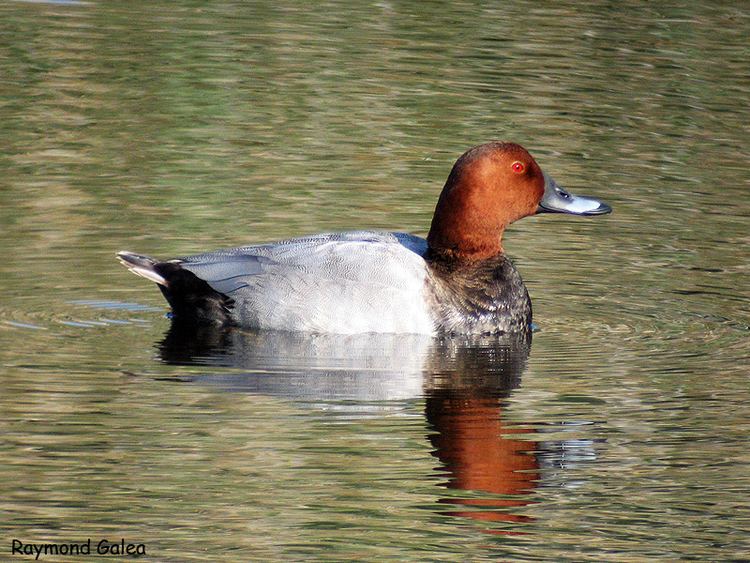
In the British Isles, birds breed in eastern England and lowland Scotland, in small numbers in Northern Ireland with numbers increasing gradually, and sporadically in the Republic of Ireland, where it may also be increasing. While uncommon, individuals are also occasionally seen in the south of England, and small populations are sometimes observed on the River Thames. Large numbers stay overwinter in Great Britain, after the birds retreat from Russia and Scandinavia.
Ecology
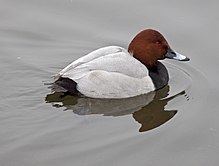
These are gregarious birds, forming large flocks in winter, often mixed with other diving ducks such as the tufted duck, with which they are known to hybridise.
These birds feed mainly by diving or dabbling. They eat aquatic plants with some molluscs, aquatic insects and small fish. They often feed at night, and will up-end for food as well as the more characteristic diving.
The pochard is one of the species to which the Agreement on the Conservation of African-Eurasian Migratory Waterbirds (AEWA) applies.
